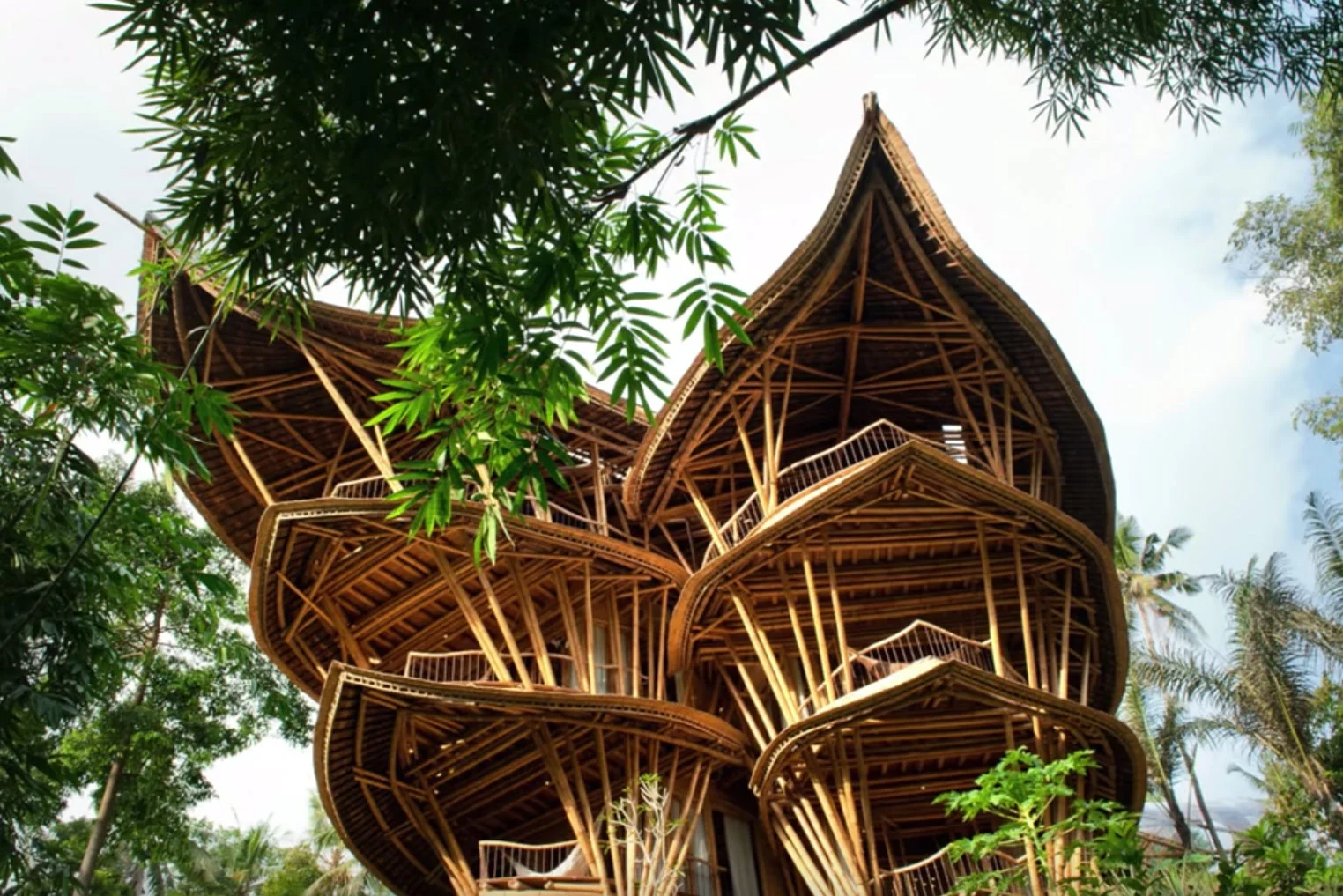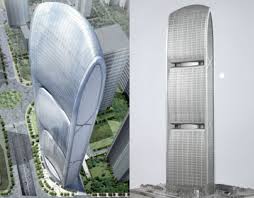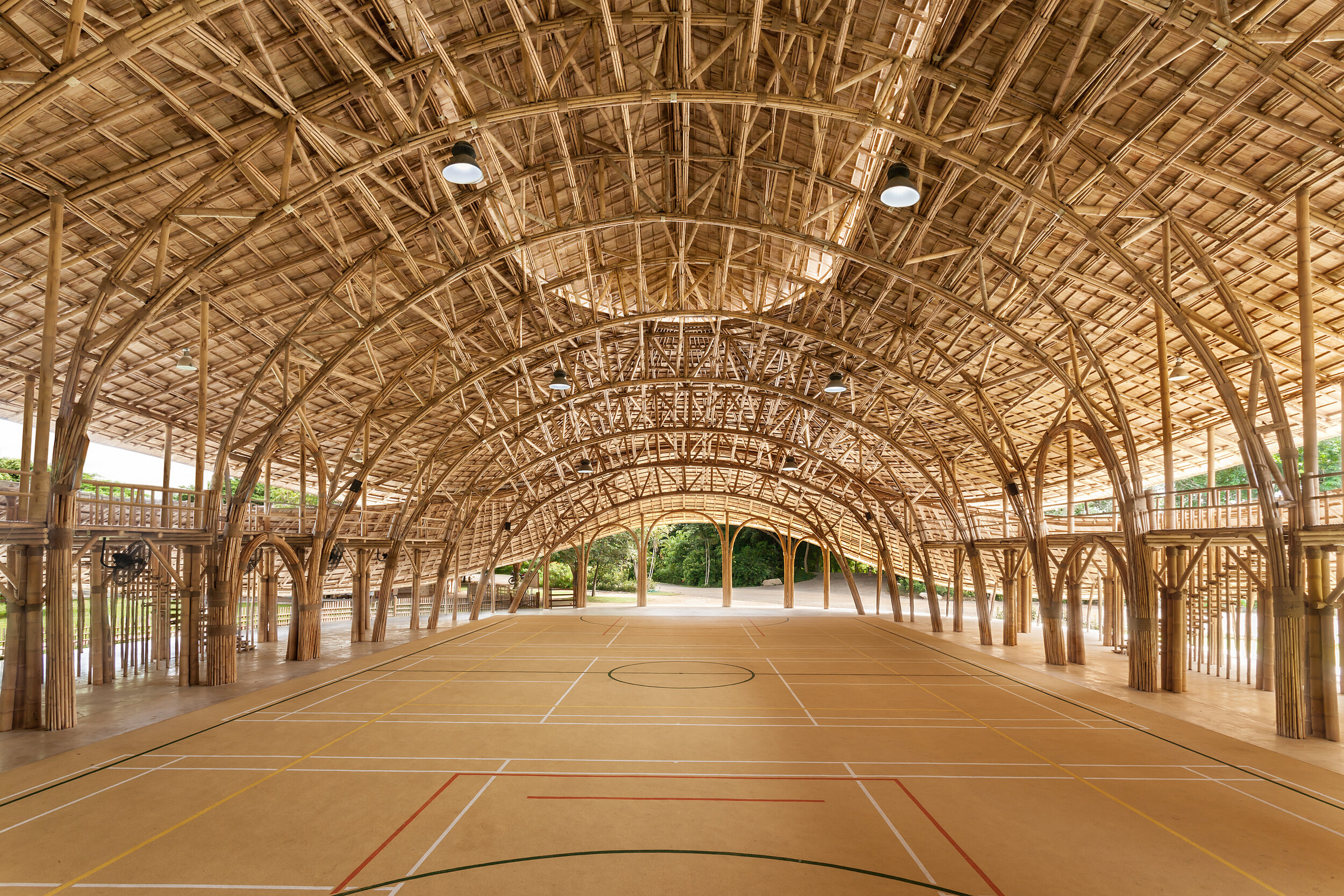
Sustainable Construction in Asia: A Guide for Investors & Professionals
Introduction
The construction industry in Asia is undergoing a transformative shift towards sustainability. As urbanization accelerates and environmental concerns intensify, the demand for eco-friendly and energy-efficient buildings has never been more critical. This comprehensive guide delves into the sustainable construction practices shaping Asia's future, offering invaluable insights for foreign investors and professionals looking to capitalize on this burgeoning market.
The Rise of Sustainable Construction in Asia
Asia's rapid economic growth has led to an unprecedented construction boom. However, this growth brings environmental challenges, including increased carbon emissions and resource depletion. Recognizing these issues, governments, and industry leaders are embracing sustainable construction practices.
According to the Global Status Report for Buildings and Construction, Asia accounted for 55% of global construction activities, with a significant increase in green building projects. This trend reflects a growing awareness of environmental stewardship and the economic benefits of sustainable development.
Key Sustainable Building Materials in Asia
1. Bamboo

Bamboo stands out as a renewable and versatile building material. Abundant across Asia, it grows rapidly, reaching maturity in just 3-5 years. Bamboo's strength rivals that of steel, making it ideal for structural components.
Example: The Green School in Bali, Indonesia, exemplifies bamboo's potential. The school's campus features intricate bamboo structures, demonstrating the material's flexibility and aesthetic appeal.
2. Recycled Steel
Using recycled steel reduces the environmental impact associated with mining and processing new materials. Steel can be recycled indefinitely without loss of quality, making it a sustainable choice for construction.
Example: The Taipei 101 skyscraper in Taiwan incorporated recycled steel, highlighting a commitment to sustainability in high-rise construction.
3. Green Concrete
Green concrete incorporates industrial waste products like fly ash and slag, reducing carbon emissions during production. It also enhances the material's durability and performance.
Case Study: The Shanghai Tower in China utilized green concrete, contributing to its LEED Platinum certification and status as one of the world's most sustainable skyscrapers.
Innovative Technologies Driving Sustainability
1. Smart Building Systems
Smart technologies enable buildings to optimize energy use. Systems adjust lighting, heating, and cooling based on occupancy and external conditions, significantly reducing energy consumption.
Statistics: Implementing smart systems can lead to energy savings of up to 30%, according to the International Energy Agency.
2. Renewable Energy Integration
Incorporating renewable energy sources like solar panels and wind turbines reduces reliance on fossil fuels. Buildings can generate their own energy, lowering operating costs and environmental impact.
Example: The Pearl River Tower in Guangzhou, China, integrates wind turbines and solar panels, making it a model of energy-efficient design.

3. Modular Construction
Modular construction involves fabricating building sections off-site and assembling them on-site. This method reduces material waste, enhances quality control, and accelerates project timelines.
Benefit: According to the Modular Building Institute, this approach can reduce construction time by up to 50% and waste by up to 90%.
Government Initiatives and Regulations
Governments across Asia are implementing policies to promote sustainable construction.
Singapore: The Green Mark Scheme incentivizes developers to achieve higher sustainability standards, offering tax breaks and grants.
China: The Green Building Action Plan mandates energy efficiency and has set targets to increase green building development significantly.
India: The Energy Conservation Building Code establishes minimum energy performance standards for buildings, promoting efficient design.
Understanding and complying with these regulations is crucial for successful project execution.
Cultural Considerations in Sustainable Construction
Incorporating cultural elements enhances community acceptance and enriches the project's value.
Traditional Practices: Utilizing vernacular architecture, which naturally incorporates sustainable principles like passive cooling and local materials.
Community Engagement: Involving local stakeholders ensures that projects meet societal needs and respect cultural norms.
Example: In Japan, incorporating traditional wooden construction methods not only preserves cultural heritage but also utilizes renewable materials.
Benefits of Outsourcing Sustainable Construction Services
1. Cost Efficiency
Outsourcing reduces overhead costs associated with maintaining in-house teams. Local firms often offer competitive pricing due to lower labor costs.
2. Access to Expertise
Local professionals possess deep knowledge of regional materials, building techniques, and regulatory environments, enhancing project quality.
3. Risk Management
Collaborating with established local entities mitigates risks related to legal compliance, cultural misunderstandings, and supply chain disruptions.
Case Studies: Successful Sustainable Projects in Asia
Project A: The Green School, Bali

The Green School is a pioneering institution that showcases sustainable architecture using bamboo. It serves as an educational model for sustainable living and construction.
Project B: Shanghai Tower, China
Standing at 632 meters, the Shanghai Tower is a marvel of sustainable engineering. It features a double-skin façade for insulation, wind turbines, and a rainwater collection system, earning it a LEED Platinum certification.
Challenges and Solutions for Foreign Investors
Navigating Regulations
Challenge: Complex and varying regulations across countries.
Solution: Engage local legal experts and consultants to ensure compliance.
Partnering with Local Firms
Challenge: Identifying reliable partners.
Solution: Conduct thorough due diligence and leverage industry networks.
Cultural and Language Barriers
Challenge: Miscommunication and misunderstandings.
Solution: Employ bilingual staff and cultural liaisons to bridge gaps.
Future Trends in Sustainable Construction
Technological Advancements
AI and IoT Integration: Enhances predictive maintenance and energy management.
Advanced Materials: Development of self-healing concrete and nanomaterials for improved efficiency.
Market Growth
Investment Projections: The Asian Development Bank predicts infrastructure investments will reach $1.7 trillion annually through 2030, with a growing emphasis on sustainability.
Conclusion
Sustainable construction in Asia offers immense opportunities for foreign investors and professionals. Embracing eco-friendly materials and innovative technologies not only addresses environmental concerns but also aligns with market trends and regulatory requirements. By understanding the regional landscape and leveraging local expertise, stakeholders can achieve success while contributing to a sustainable future.
FAQ Section
1. What are the main benefits of sustainable construction in Asia?
Sustainable construction reduces environmental impact, leads to energy and cost savings, and meets increasing regulatory and consumer demands for eco-friendly developments.
2. How can foreign investors navigate local regulations in Asian countries?
By partnering with local experts, hiring legal consultants familiar with regional laws, and engaging with government agencies to ensure compliance.
3. Are sustainable building materials more expensive than traditional ones?
While initial costs may be higher, sustainable materials often result in long-term savings through reduced energy consumption and maintenance costs.
4. How does outsourcing construction services contribute to sustainability?
Outsourcing provides access to local expertise in sustainable practices, helps navigate regulations, and can reduce costs associated with unfamiliar markets.
5. What future trends in sustainable construction should investors be aware of?
Emerging trends include the integration of AI and IoT technologies, advanced renewable energy systems, and increased government incentives for green construction.
6. How important are cultural considerations in sustainable construction?
Very important. Respecting local culture ensures community support, enhances project acceptance, and can improve sustainability outcomes.
7. What role do governments play in promoting sustainable construction?
Governments offer incentives, set regulations, and provide resources to encourage sustainable practices, making it essential to understand their initiatives.
